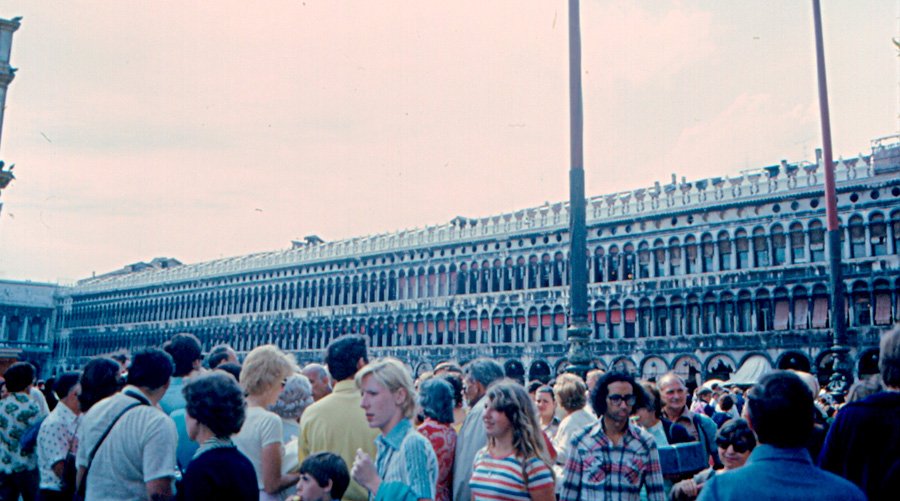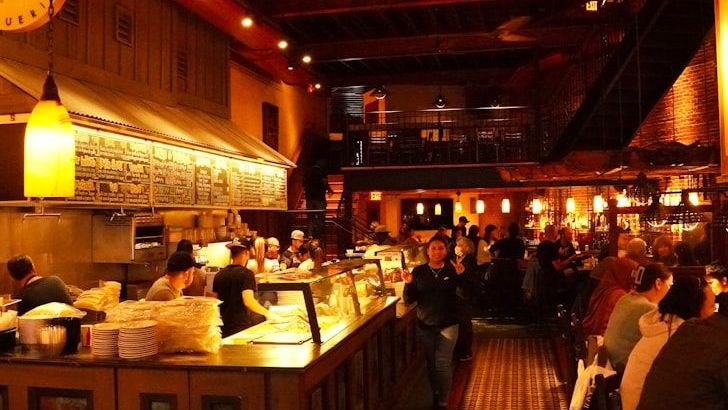The Overcrowding Crisis

Venice has reached a breaking point with the sheer number of tourists flooding its narrow streets and iconic squares. Recent statistics from Venice’s city council reveal that the city welcomed nearly 30 million visitors in 2024. This overwhelming surge has created an astonishing ratio of 60 tourists for every local resident, making daily life increasingly difficult for Venetians. Public transport and essential services are often strained, and many locals report being unable to carry out basic errands without encountering swarms of sightseers. The congestion has also led to frequent overcrowding in hotspots like St. Mark’s Square and the Rialto Bridge, sometimes making these areas nearly impassable during peak hours. Reports from the municipal government show that emergency response times have slowed due to crowding, raising concerns about public safety. As a result, city officials have declared that Venice must urgently rebalance its tourism model to protect both inhabitants and the unique character of the city.
Environmental Concerns

Environmental damage is another critical factor behind Venice’s push to limit tourist numbers. According to a 2024 report from the Italian Ministry of Culture, over half of the city’s historic buildings are now classified as “at risk” due to a combination of rising sea levels and persistent pollution. The delicate Venetian ecosystem is being battered by the daily influx of tourists, whose collective foot traffic accelerates the erosion of ancient stone walkways and bridges. The city is sinking at a rate of one to two millimeters per year, a phenomenon exacerbated by the constant vibration and load from millions of visitors. The volume of waste generated has also reached unprecedented levels, with local sanitation services struggling to keep pace. Data from the Venice Environmental Authority show that plastic waste in the canals increased by 18% in 2024 alone. These alarming trends have spurred the government to adopt stricter measures aimed at reducing the city’s environmental footprint.
The Introduction of Tourist Quotas

To address the relentless crowds, Venice introduced strict tourist quotas in early 2024, capping daily entries for day-trippers at 25,000. The quota system, enforced through a digital booking platform, aims to control the flow of visitors and prevent overcrowding in sensitive areas. Since its implementation, the city has reported a 15% decline in congestion at major attractions like St. Mark’s Square and the Grand Canal. The initiative has also made it easier for law enforcement and emergency services to operate, improving both safety and visitor experience. City officials have noted a rise in average visitor satisfaction scores, as travelers enjoy less crowded conditions and enhanced services. The quota system is supported by regular monitoring and updates, allowing authorities to adjust limits based on real-time data. Hoteliers and tour operators have been required to coordinate with the new system, ensuring adherence and transparency. This approach is being closely watched by other European cities facing similar challenges.
The Role of Technology

Venice is harnessing digital innovation to better manage its tourism woes. In January 2024, the city launched a mobile app that provides real-time updates on crowd levels, suggesting alternative routes and lesser-known attractions for visitors. The app has quickly become popular, surpassing 100,000 downloads within its first six months. Its integrated features allow users to reserve timed entry to museums and monuments, smoothing out visitor peaks throughout the day. The city has also invested in advanced data analytics to track tourist movements and predict potential flashpoints for overcrowding. Surveillance cameras equipped with AI analyze foot traffic at key locations, informing city officials when to implement crowd-control measures. These technological advancements have enabled a more dynamic and responsive tourism management system. The data collected is also shared with local businesses, helping them to tailor services and promotions during off-peak periods.
Community Engagement and Local Voices

Venetian residents have become increasingly vocal about the consequences of mass tourism on their neighborhoods. Community organizations, such as the Venice Residents Association, have organized regular forums and online platforms where locals can voice concerns and suggest policy changes. In a 2024 survey conducted by the association, 78% of respondents expressed strong support for measures that limit the number of visitors. Many Venetians have described feeling like “strangers in their own city,” as the influx of tourists has driven up rent prices and forced out local businesses. City council meetings now routinely include public comment sessions, reflecting this new era of civic engagement. The municipal government has responded by including residents in advisory committees on tourism policy, ensuring that local perspectives are considered. These efforts have strengthened trust between citizens and officials, fostering a sense of shared responsibility for the city’s future.
Cultural Preservation Efforts

Venice is actively repositioning itself as a destination for culturally engaged travelers rather than mass-market sightseers. The introduction of the “Venice Culture Pass” in 2025 has been a major step in this direction, offering bundled access to museums, galleries, and traditional Venetian performances. Participation in the program has climbed by 30% compared to 2023, suggesting a growing interest in authentic cultural experiences. Local artists and craftspeople have benefited from increased exposure and funding, as the city channels resources toward preserving unique traditions. The municipality has also expanded educational tours and workshops, encouraging visitors to learn about Venetian history, art, and environmental challenges. This shift supports the preservation of intangible heritage while reducing strain on the city’s most vulnerable sites. Feedback from tourists shows higher satisfaction levels and a deeper appreciation for the city’s rich legacy.
The Impact of COVID-19 on Tourism Trends

The global pandemic brought about a dramatic pause to Venice’s relentless tourist flow. In 2020, visitor numbers plummeted by over 80%, providing an unexpected opportunity to reassess the city’s tourism strategy. By 2024, as travel recovered, there was a noticeable pivot in visitor preferences. Reports from the Venice Tourism Board reveal that travelers are now seeking fewer, more meaningful experiences, opting for extended stays over fleeting day trips. Spending per visitor has increased by 18% compared to pre-pandemic figures, signaling a shift toward “quality over quantity.” Health and safety concerns have also prompted the city to invest in improved sanitation and crowd management. The pandemic’s legacy is a renewed focus on resilience and sustainability, shaping how Venice welcomes the world in the years ahead.
Collaboration with Other Cities

Venice is not facing these challenges alone—collaboration with other overtouristed destinations has become a key part of its strategy. In 2025, city officials entered into a formal partnership with counterparts from Barcelona, Amsterdam, and Dubrovnik to exchange knowledge and coordinate sustainable tourism efforts. Together, these cities have launched joint campaigns promoting off-season travel and encouraging tourists to explore lesser-known neighborhoods and attractions. A joint report released in early 2025 highlighted the effectiveness of synchronized policy interventions, such as aligned visitor caps and shared data resources. These multinational efforts are helping to distribute tourist flows more evenly, reducing pressure on individual cities. Venice’s participation in this alliance has led to the adoption of several best practices, including advanced visitor tracking and integrated mobility solutions. The collaboration is widely regarded as a model for other destinations grappling with the complexities of mass tourism.
Future Outlook and Strategic Goals

Looking toward the future, Venice’s municipal government has outlined bold objectives for the next decade. The city’s official tourism management plan, scheduled for full rollout by 2026, sets a target of reducing annual tourist numbers by 40% by 2030. Authorities are also committed to achieving carbon neutrality by 2040, with interim goals for reducing waste and energy consumption in the tourism sector. Investments in green infrastructure, such as electric water taxis and sustainable accommodation, are already underway. The city’s leadership has emphasized that these changes are not just about limiting numbers, but about fundamentally reimagining what it means to visit Venice. By prioritizing sustainability, cultural vibrancy, and resident well-being, Venice is positioning itself as a global leader in responsible tourism.







